Home>Garden Essentials>Garden Storage>How To Style Wardrobe
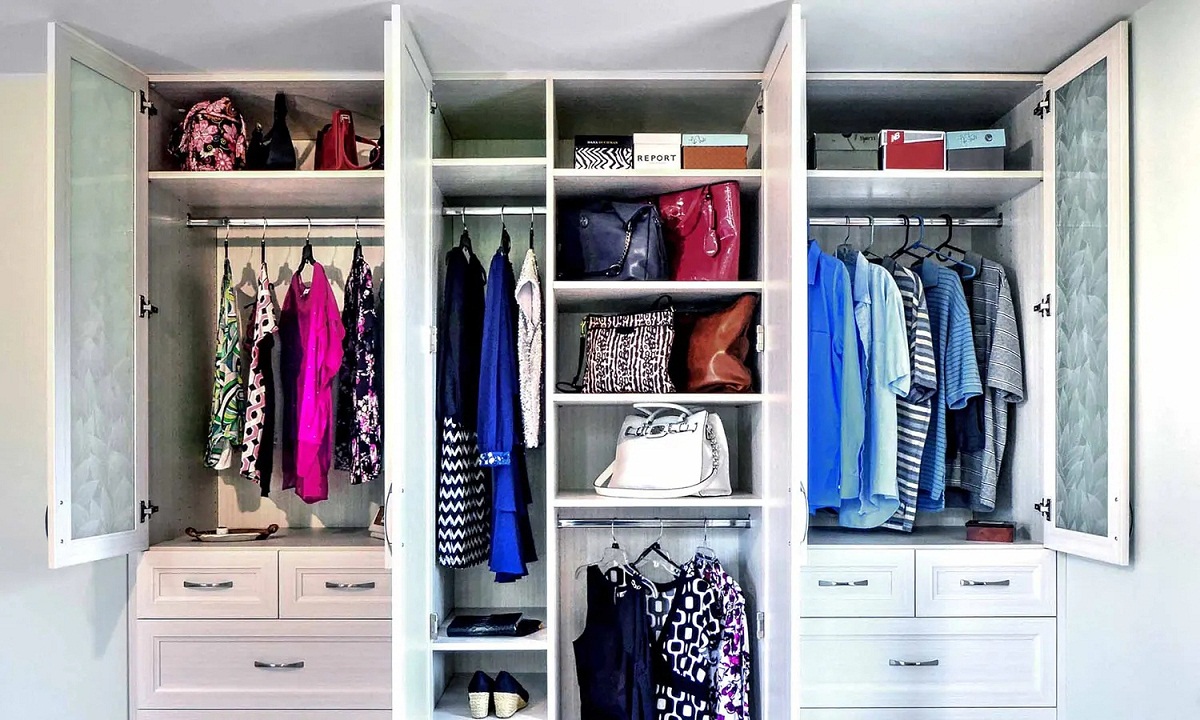

Garden Storage
How To Style Wardrobe
Modified: January 5, 2024
Learn how to optimize your wardrobe storage with our expert tips and tricks for maximizing space and organizing your clothes efficiently.
(Many of the links in this article redirect to a specific reviewed product. Your purchase of these products through affiliate links helps to generate commission for Storables.com, at no extra cost. Learn more)
Introduction
Welcome to the world of stylish wardrobes! We all want to look our best and feel confident in what we wear. Having a well-styled wardrobe is not only a reflection of our personal taste, but it can also make getting dressed a breeze. Whether you’re starting from scratch or looking to revamp your current style, this article will guide you through the process of creating a wardrobe that suits your lifestyle and expresses your unique personality.
Assessing your current wardrobe is the first step towards achieving your style goals. Take a critical look at your clothes and accessories. Are there items that haven’t been worn in years? Do you have multiples of the same items? Identify the pieces that you truly love and feel great in, as well as those that don’t quite fit your style anymore. By decluttering and purging items you no longer wear or love, you’ll make room for new additions that align with your vision.
Creating a capsule wardrobe is an excellent way to streamline your style. A capsule wardrobe consists of a limited number of versatile pieces that can be mixed and matched to create a variety of outfits. Start by choosing a color palette that suits your preferences and skin tone. This will make it easier to create cohesive outfits. Select a few key pieces in neutral colors, such as black, white, navy, and gray, as well as a few accent colors to add interest.
When building your capsule wardrobe, focus on essential pieces that are timeless and versatile. These should include items like a tailored blazer, a classic pair of jeans, a little black dress, a crisp white shirt, and comfortable yet stylish shoes. These foundational pieces will serve as the building blocks of your wardrobe, and you can add trendier items as desired.
The beauty of a capsule wardrobe is that you can mix and match the pieces to create different outfits for various occasions. Experiment with different combinations and accessorize to elevate the look. Accessories play a crucial role in adding personality and flair to your outfits. From statement earrings to a bold scarf or a stylish handbag, the right accessories can transform a simple outfit into a fashion statement.
Dressing for different occasions is an essential part of developing your personal style. Consider the events and environments you typically find yourself in and curate outfits accordingly. Whether it’s casual weekend outings, professional work settings, or formal events, having a range of outfits ready will save you time and ensure that you always feel appropriately dressed.
Organizing your wardrobe is key to maintaining your style. Keep your clothes neatly folded or hung, and arrange them in a way that makes them easily accessible. Use dividers or organizers to categorize items by type or color. Regularly assess your wardrobe to ensure that it reflects your current style and discard or donate items that no longer fit or align with your fashion preferences.
Maintaining your style is an ongoing process. Stay updated on emerging fashion trends and use them as inspiration to refresh your wardrobe periodically. Take care of your clothes by following the proper care instructions and investing in quality pieces that will last. Remember, your style is a reflection of your unique personality, so embrace your individuality and have fun expressing it through your fashion choices!
Key Takeaways:
- Create a capsule wardrobe with timeless, versatile pieces in a cohesive color palette to simplify your style and make getting dressed a breeze. Experiment with mixing and matching to maximize outfit options and express your unique personality.
- Organize your wardrobe by decluttering regularly, categorizing items, and investing in storage solutions. Maintain your style by staying updated on fashion trends, embracing your individuality, and continuously refining your wardrobe.
Read more: How To Declutter Wardrobe
Assessing Your Wardrobe
Before embarking on your style journey, it’s important to assess your current wardrobe. This step will help you identify what works for you, what doesn’t, and what gaps need to be filled. Here are some tips to guide you through the process:
- Declutter: Take everything out of your closet and go through each item. Ask yourself if you still wear it, if it fits well, and if it aligns with your personal style. Be ruthless and let go of anything that no longer serves you.
- Identify favorites: Pick out the items that you love and feel confident in. These will be the foundation of your revamped wardrobe.
- Consider lifestyle: Assess your daily activities and the types of occasions you typically dress for. Make note of any gaps in your wardrobe for specific events or environments.
- Evaluate condition: Check the condition of your clothes and accessories. Discard or repair anything that is worn out or damaged beyond repair.
- Assess color palette: Take note of the colors that dominate your wardrobe. Are they cohesive? Identify any color patterns or preferences that can guide your future style choices.
- Consider fit: Pay attention to the fit and silhouette of your clothes. Are they flattering and comfortable? Identify any items that need alterations or adjustments.
- Be honest: It’s essential to be honest with yourself during this process. Let go of items that no longer reflect your style or that you haven’t worn in years. Holding on to things that don’t make you feel confident will only weigh you down.
Assessing your wardrobe will help you gain clarity on what you have, what you need, and what you want to achieve with your personal style. It’s an opportunity to create a curated collection of clothes that truly speak to you and make getting dressed an enjoyable experience.
Creating a Capsule Wardrobe
A capsule wardrobe is a collection of essential and versatile pieces that can be mixed and matched to create a variety of outfits. It’s a fantastic way to simplify your wardrobe and ensure that you always have stylish options at your fingertips. Here’s how to create your own capsule wardrobe:
- Choose a color palette: Start by selecting a color palette that suits your preferences and complements your skin tone. Opt for neutral colors like black, white, navy, gray, and beige as the foundation. These versatile shades will serve as the base for your outfits.
- Select key pieces: Focus on essential wardrobe pieces that are timeless and versatile. These should include items like a tailored blazer, a classic pair of jeans, a little black dress, a crisp white shirt, and comfortable yet stylish shoes. These foundational pieces will form the basis of your capsule wardrobe.
- Add accent colors: To add interest and variation to your outfits, incorporate a few accent colors into your capsule wardrobe. Choose shades that complement your neutral palette and reflect your personal style. These can be used in the form of tops, accessories, or even a statement piece like a colorful coat.
- Pick complementary patterns: Consider introducing patterns into your capsule wardrobe to add visual interest. Opt for classic patterns like stripes, polka dots, or plaid that can easily be paired with your neutral pieces.
- Consider fabric and texture: Pay attention to the fabrics and textures of your clothing. Choose quality materials that will stand the test of time and feel comfortable on your skin. Mixing different textures can also add depth and dimension to your outfits.
- Think about layering: Layering is key to creating multiple outfit combinations. Invest in pieces like cardigans, lightweight jackets, and scarves that can be layered over your basics to create new looks and adapt to changing weather conditions.
- Create outfit combinations: Once you have selected the key pieces for your capsule wardrobe, spend some time experimenting with different outfit combinations. Mix and match tops, bottoms, and layers to create a range of stylish looks. Don’t be afraid to get creative and try new combinations.
- Build gradually: Creating a capsule wardrobe doesn’t happen overnight. It’s a gradual process that involves thoughtful consideration and a bit of trial and error. Start with a few key pieces that you love and gradually add new items that complement your existing collection.
Remember, the goal of a capsule wardrobe is to simplify your style and make getting dressed easier. By curating a collection of versatile and well-coordinated pieces, you’ll reduce decision fatigue and always have stylish options at your disposal!
Choosing a Color Palette
Choosing a color palette is an important step in creating a cohesive and stylish wardrobe. By selecting a set of colors that work well together, you can easily mix and match your clothes to create countless outfit combinations. Here are some tips to help you choose the perfect color palette for your wardrobe:
- Know your undertone: Understanding your skin’s undertone can guide you in selecting colors that will complement your complexion. There are three main undertones: cool (pink or blue), warm (yellow or golden), and neutral (a mix of cool and warm). Determine your undertone by observing the color of your veins on your wrist – if they appear blue, you likely have a cool undertone, while greenish veins indicate warm undertones.
- Work with neutrals: Neutrals serve as the foundation of any color palette. These versatile shades include black, white, gray, navy, and beige. Start by selecting a few neutral colors that you feel comfortable wearing and that coordinate with your skin tone. Neutrals provide a timeless and elegant base for your wardrobe.
- Add accent colors: Once you have your neutral base, consider adding one or two accent colors to bring vibrancy and personality to your wardrobe. The accent colors can be bolder shades that complement your neutrals and can be incorporated through tops, bottoms, accessories, or even a statement piece.
- Consider color psychology and personal preference: Think about how different colors make you feel and the message they convey. Colors have the power to evoke specific emotions and create different impressions. Consider your personal preference and the image you want to project through your style when choosing your color palette.
- Think about seasonality: Another factor to consider when choosing a color palette is the seasons. While neutral colors are versatile year-round, you can incorporate seasonal hues as accent colors. For example, bright and vibrant shades work well for spring and summer, while deeper, richer tones are suitable for fall and winter.
- Experiment with complementary colors: Complementary colors are those that lie opposite each other on the color wheel. Pairing complementary colors together can create visually striking and harmonious combinations. For example, a navy blouse paired with mustard yellow pants can create a balanced and pleasing outfit.
- Consider color blocking: Color blocking involves pairing bold and contrasting colors in distinct blocks or sections of an outfit. It can create a visually striking and modern look. Experiment with different color combinations to find exciting and unique ways to incorporate colors into your outfits.
Choosing a color palette for your wardrobe is a personal decision that should reflect your style, personality, and individual preferences. By selecting a cohesive set of colors, you’ll create a wardrobe that is visually appealing and allows for easy mix-and-match styling.
Essential Wardrobe Pieces
Building a stylish and versatile wardrobe starts with having the right essential pieces. These are timeless items that can be mixed and matched to create a wide range of outfits. Here are some key essential wardrobe pieces that every fashion-savvy individual should consider:
- A tailored blazer: A well-fitted blazer instantly elevates any outfit, whether it’s paired with jeans for a casual look or worn over a dress for a more formal occasion. Opt for a versatile neutral color like black or navy that can be easily paired with other items in your wardrobe.
- A classic white shirt: A crisp white shirt is a wardrobe staple that can be dressed up or down. Look for one with a flattering fit and quality fabric. It can be worn with tailored pants for a professional look or paired with jeans or a skirt for a more casual yet polished outfit.
- A pair of well-fitting jeans: Finding the perfect pair of jeans is a game-changer. Look for a style that flatters your body shape and can be worn in various settings. Dark wash or medium wash jeans are versatile options that can be dressed up with heels or dressed down with sneakers.
- A little black dress: A little black dress (LBD) is a classic piece that should have a place in every wardrobe. Whether it’s a simple sheath dress or a more elaborate cocktail dress, choose one that flatters your figure and can be dressed up or down for different occasions.
- Versatile shoes: Invest in a few pairs of comfortable yet stylish shoes that can be worn with a variety of outfits. A pair of black or nude pumps, versatile flats, and casual sneakers can take you from work to weekend effortlessly.
- A classic handbag: Look for a handbag that is well-structured, timeless, and roomy enough to hold your daily essentials. A neutral color like black, brown, or tan will ensure that it matches well with your outfits.
- A tailored coat or jacket: A well-fitted coat or jacket is essential for staying warm and looking stylish during the cooler months. Choose a style that flatters your figure and complements your wardrobe. A classic trench coat or a tailored wool coat in a neutral color is always a good investment.
- Quality basics: Fill your wardrobe with good quality basics such as plain tees, tanks, camisoles, and versatile sweaters. These pieces can be layered or worn alone and form the foundation of your everyday outfits.
These essential wardrobe pieces will serve as the building blocks of your style. They can be mixed and matched with accessories, different bottoms, and layers to create countless outfit combinations. Remember, investing in quality pieces that fit well and reflect your personal style will ensure that your wardrobe stands the test of time.
When styling your wardrobe, consider investing in versatile, timeless pieces that can be mixed and matched to create different looks. This will help you maximize your wardrobe and get the most out of your clothing.
Read more: How To Move A Wardrobe
Mixing and Matching
One of the keys to creating a versatile and stylish wardrobe is mastering the art of mixing and matching. By combining different pieces in creative ways, you can achieve a variety of looks while making the most of your wardrobe. Here are some tips to help you become a pro at mixing and matching:
- Create outfit combinations: Take some time to experiment with different combinations of tops, bottoms, and layers. Mix and match different patterns, textures, and colors to create interesting and unique outfits. Don’t be afraid to step out of your comfort zone and try new combinations.
- Think about proportions: Pay attention to the proportions of your outfit when mixing and matching. Pairing a loose, flowy top with slim-fitting pants or a fitted top with wide-legged trousers can create a balanced and visually pleasing look. Experiment with different silhouettes to find what works best for your body shape.
- Layer effectively: Layering is a great way to add depth and dimension to your outfits. Experiment with different combinations of tops, cardigans, jackets, and scarves to create stylish layered looks. Mix different lengths and textures to create visual interest.
- Play with patterns and prints: Mixing patterns and prints can add a fun and eye-catching element to your outfits. Pair stripes with florals or polka dots with plaid, keeping in mind that it’s best to mix patterns of different scales. If you’re new to pattern mixing, start with smaller, more subtle patterns and gradually work your way up to bolder combinations.
- Accessorize strategically: Accessories are a powerful tool when it comes to mixing and matching. The right accessories can completely transform an outfit. Experiment with belts, scarves, statement jewelry, and handbags to add pops of color, texture, and personality to your looks.
- Transition from day to night: Master the art of transitioning your outfits from day to night by making simple adjustments. Swap out a blazer for a leather jacket, switch flats for heels, and add some bold accessories for an instant evening-ready look.
- Take inspiration from fashion influencers: Follow fashion influencers and celebrities whose style resonates with you. Take note of how they mix and match different pieces and incorporate their ideas into your own outfits. Don’t be afraid to put your own twist on their looks.
- Trust your instincts: Above all, trust your instincts and have fun with mixing and matching. Fashion is an expression of your individuality, so don’t be afraid to take risks and experiment. Wear what makes you feel confident and comfortable.
Mixing and matching is a creative process that allows you to maximize the potential of your wardrobe. By thinking outside the box and trying new combinations, you’ll discover exciting and unique outfits that reflect your personal style.
Accessorizing Your Outfits
Accessorizing is the key to elevating your outfits and adding those finishing touches that make a statement. The right accessories can transform a simple look into a stylish ensemble and showcase your personal style. Here are some tips to help you master the art of accessorizing:
- Focus on one statement piece: Choose one standout accessory to be the focal point of your outfit. This could be a bold statement necklace, a vibrant handbag, or a pair of eye-catching shoes. Let this piece take center stage while keeping the rest of your accessories more subtle.
- Mix metals and textures: Don’t be afraid to mix different metal tones and textures when it comes to jewelry. Combining gold and silver or layering delicate chains with chunky bracelets can add visual interest and create a unique look.
- Layer your jewelry: Layering jewelry adds depth and dimension to your outfits. Stack rings, layer necklaces of varying lengths, and mix and match bracelets to create a customized and curated look. Experiment with different combinations until you find a balance that suits your style.
- Add a pop of color: Injecting color into your outfits through accessories can instantly brighten up your look. Use accessories like scarves, handbags, or statement earrings in vibrant hues to add a playful touch to neutral or monochromatic outfits.
- Don’t forget about belts: Belts are not only functional but also a stylish accessory that can cinch in your waist and add definition to your silhouette. Use a belt to add shape to a loose dress, blouse, or oversized sweater.
- Consider the occasion: Choose accessories that are appropriate for the occasion or event you’re attending. A pair of elegant earrings and a clutch will elevate a formal outfit, while a floppy hat and sunglasses can add a touch of chic to a casual summer look.
- Pay attention to balance: Keep in mind the balance of your accessories with the rest of your outfit. If you’re wearing a busy pattern or multiple statement pieces, consider keeping your accessories more minimal. On the other hand, if your outfit is relatively simple, feel free to experiment with bolder accessories.
- Experiment with different styles: Accessories are a great way to explore different styles and add a touch of personality to your outfits. Mix bohemian-inspired pieces with more tailored looks or try adding a touch of retro flair with vintage-inspired accessories.
- Keep it cohesive: While mixing and matching different accessory styles and colors is fun, strive to maintain a cohesive overall look. Consider the overall color palette and style of your outfit when choosing your accessories to ensure they complement each other.
Remember, accessories are the finishing touch that completes your outfit. They have the power to express your individuality and add that extra “wow” factor. Play around with different combinations, trust your instincts, and have fun accessorizing to create unique and stylish looks that make you feel confident and put-together.
Dressing for Different Occasions
One of the keys to developing a well-rounded and versatile wardrobe is knowing how to dress appropriately for different occasions. The way you dress can have a significant impact on how you feel and how others perceive you. Here are some tips to help you navigate dressing for various occasions:
- Casual outings: For casual outings such as running errands or meeting friends for coffee, opt for comfortable yet stylish ensembles. Pair your favorite jeans or leggings with a relaxed top or sweater. Finish off the look with comfy shoes like sneakers or ankle boots.
- Work meetings or professional settings: Dressing for work requires a polished and professional approach. Opt for well-tailored pieces such as blazers, trousers, or pencil skirts, paired with button-down shirts or blouses. Choose closed-toe shoes, such as pumps or loafers, and keep accessories minimal and understated.
- Formal events: When attending formal events such as weddings, galas, or fundraisers, dress to impress. Opt for elegant dresses or tailored suits in classic, sophisticated colors. Consider the dress code and aim for a polished and refined look. Complete your outfit with statement accessories and shoes that complement the overall ensemble.
- Casual work attire: If your workplace has a casual dress code, you have more flexibility to express your personal style. Opt for tailored trousers, skirts, or dresses in slightly more relaxed silhouettes. Pair them with blouses, lightweight knits, or even a stylish top paired with a blazer. Opt for comfortable yet polished shoes like loafers or block heels.
- Cocktail parties: When attending cocktail parties or social gatherings, choose a dress or jumpsuit that falls between casual and formal. Opt for materials like silk or satin and select colors that complement your skin tone. Pair your outfit with statement accessories and opt for heels or dressy flats.
- Outdoor activities: If you’ll be spending time outdoors, dress in weather-appropriate attire. Opt for comfortable yet stylish pieces like jeans or shorts paired with t-shirts or lightweight sweaters. Choose footwear that provides comfort and protection, such as sneakers or sandals.
- Special occasions: Whether it’s a birthday celebration, anniversary dinner, or holiday gathering, special occasions call for dressing up. Choose an outfit that makes you feel confident and suits the tone of the event. Opt for dresses, jumpsuits, or separates in fabrics like silk, chiffon, or lace. Don’t forget to accessorize and choose footwear that complements your outfit.
Remember, dressing for different occasions is an opportunity to showcase your style and adapt to the environment appropriately. Pay attention to dress codes, consider the tone of the event, and dress in a way that reflects your personal style while respecting the occasion’s expectations.
Organizing Your Wardrobe
An organized wardrobe not only makes getting dressed a breeze but also ensures that your clothes and accessories stay in good condition. Here are some tips to help you effectively organize your wardrobe:
- Declutter regularly: Start by decluttering your wardrobe and getting rid of items that you no longer wear or love. Assess each item and ask yourself if it still fits well, reflects your personal style, and is in good condition. Donate or sell anything that doesn’t meet these criteria.
- Categorize by type: Organize your clothes by categories such as tops, bottoms, dresses, outerwear, and so on. Within each category, further separate items by type or style. This will make it easier to locate specific pieces and create outfit combinations.
- Arrange by color: Within each category, arrange your clothes by color. This not only creates a visually pleasing display but also allows you to easily see all the options within a specific color palette. Arrange colors from light to dark or vice versa to create a smooth gradient effect.
- Invest in storage solutions: Use storage solutions like hangers, hooks, dividers, and shelving to maximize your wardrobe space. Consider using slimline hangers to save space and keep clothes from getting wrinkled. Use hooks or a hanging organizer for accessories like scarves, belts, and purses.
- Keep frequently worn items easily accessible: Place the items you wear most frequently within easy reach. This includes everyday essentials like jeans, t-shirts, and your favorite go-to outfits. This will save you time and effort when getting dressed in a hurry.
- Rotate seasonal items: To maximize space and keep your closet clutter-free, rotate your wardrobe seasonally. Store out-of-season items in vacuum-sealed bags or under-bed storage containers. As the seasons change, swap out the clothing items to ensure your most relevant pieces are readily available.
- Organize accessories: Use drawer dividers, jewelry organizers, or small boxes to keep accessories like earrings, necklaces, and bracelets neatly separated and untangled. Consider hanging statement necklaces on decorative jewelry hooks or displaying them on a stylish jewelry stand.
- Label storage containers: If you have storage containers for items like shoes, bags, or seasonal items, label them to easily locate what you need. Clear or color-coded labels work best. This will save you time and prevent you from rummaging through multiple containers to find what you’re looking for.
- Maintain regular upkeep: Schedule regular maintenance sessions to review your wardrobe and make adjustments as needed. Assess whether specific items are still in line with your personal style, if any need repairs, or if you can let go of certain items. Regularly tidying up and decluttering ensures your wardrobe remains organized and reflects your current style.
An organized wardrobe not only makes getting dressed more enjoyable but also helps you make the most of your clothes and accessories. With a well-organized wardrobe, you’ll have a clear view of what you own, save time in the mornings, and maintain the condition of your cherished items.
Read more: How To Paint A Wardrobe
Maintaining Your Style
Maintaining your style is an ongoing process that involves taking care of your wardrobe, staying updated with fashion trends, and continuously refining your personal style. Here are some tips to help you maintain your style and ensure that you always look and feel your best:
- Follow fashion inspiration: Stay updated on fashion trends by following fashion influencers, reading fashion magazines, and browsing fashion websites and social media platforms. Take inspiration from different sources and adapt trends to fit your personal style.
- Experiment with new styles: Don’t be afraid to step out of your comfort zone and try new styles. Keep evolving and experimenting with different pieces, silhouettes, and colors. You might discover new favorite looks that add a fresh touch to your style.
- Invest in quality pieces: Quality over quantity is the key to maintaining a stylish wardrobe. Invest in well-made pieces that will stand the test of time. Choose high-quality fabrics, durable construction, and classic designs that won’t go out of style quickly.
- Follow proper clothing care: Take care of your clothes by following the care instructions on their labels. Properly washing, drying, and storing your clothes will help maintain their quality and prolong their lifespan. Avoid over-washing and consider using eco-friendly or gentle laundry detergents.
- Regularly reassess your wardrobe: Set aside time periodically to assess your wardrobe and make adjustments as needed. Analyze which pieces you’re wearing frequently and which ones are neglected. Donate or sell items that no longer reflect your style, don’t fit well, or aren’t being used.
- Accessorize strategically: Pay attention to the accessories you choose to complement your outfits. They can instantly elevate your look and add a touch of personality. Experiment with different accessories to find what works best for you and enhances your personal style.
- Stay true to yourself: Don’t let trends dictate your style entirely. It’s essential to stay true to yourself and wear what makes you feel confident and authentic. Experiment with trends, but only adopt the ones that resonate with your personal style and make you feel comfortable.
- Keep your wardrobe organized: Regularly organize and declutter your wardrobe to ensure your style shines through. An organized wardrobe makes it easier to see what you have, eliminates decision fatigue, and allows you to create well-coordinated outfits effortlessly.
- Embrace your individuality: Your style is a reflection of your unique personality. Embrace your individuality and let it shine through in your fashion choices. Don’t shy away from expressing yourself through your clothes and accessories. Own your style and be confident in your choices.
- Continuously evolve and refine: Style is not stagnant—it evolves over time. Keep experimenting, refining, and adapting your style as your tastes change and as you discover new fashion influences. Allow yourself the freedom to grow and evolve, and let your style evolve with you.
Maintaining your style is an ongoing journey that requires attention, creativity, and self-expression. By following these tips and staying true to yourself, you’ll find that your style evolves and matures over time, reflecting your unique personality and making a statement wherever you go.
Frequently Asked Questions about How To Style Wardrobe
Was this page helpful?
At Storables.com, we guarantee accurate and reliable information. Our content, validated by Expert Board Contributors, is crafted following stringent Editorial Policies. We're committed to providing you with well-researched, expert-backed insights for all your informational needs.
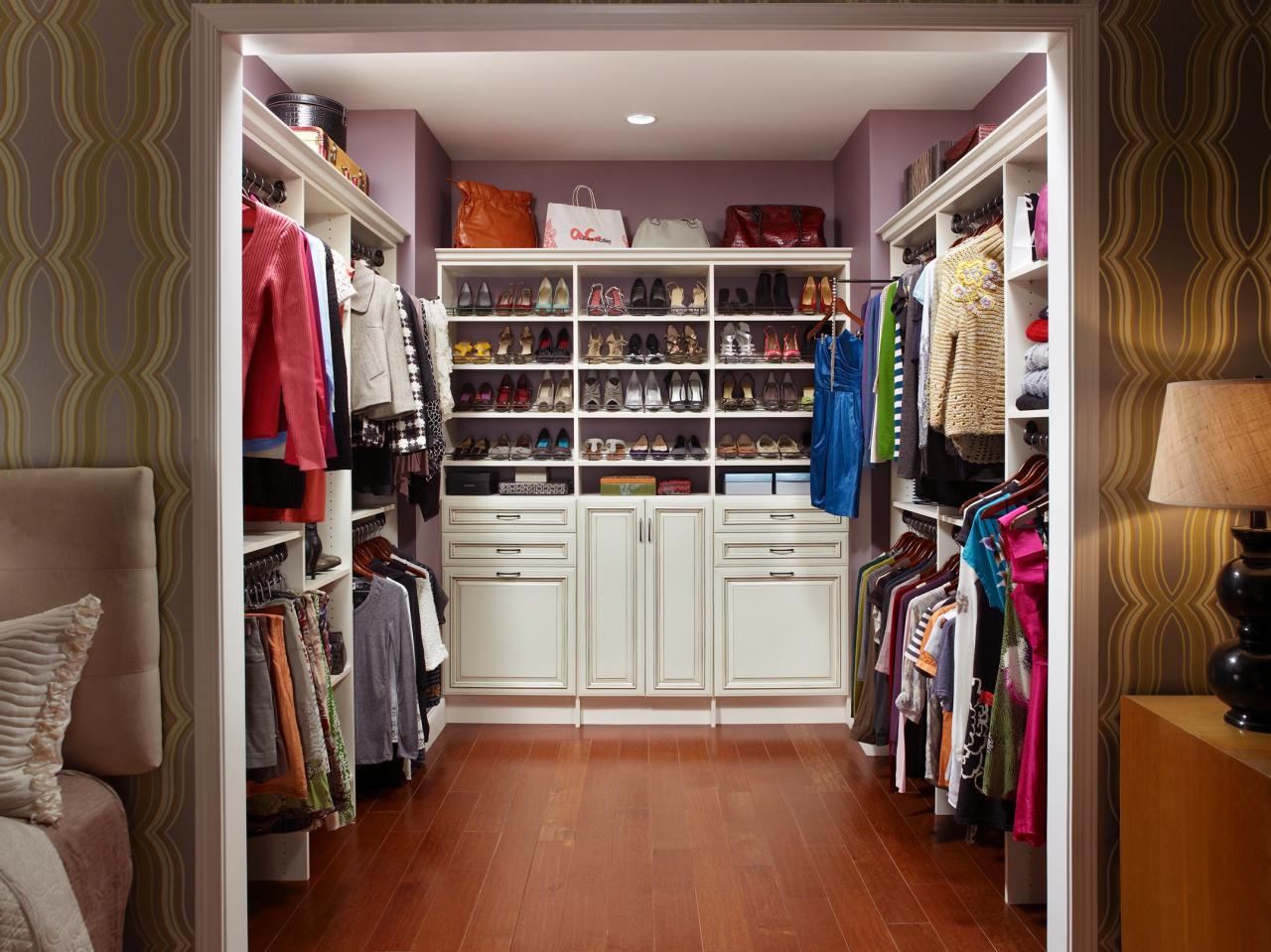
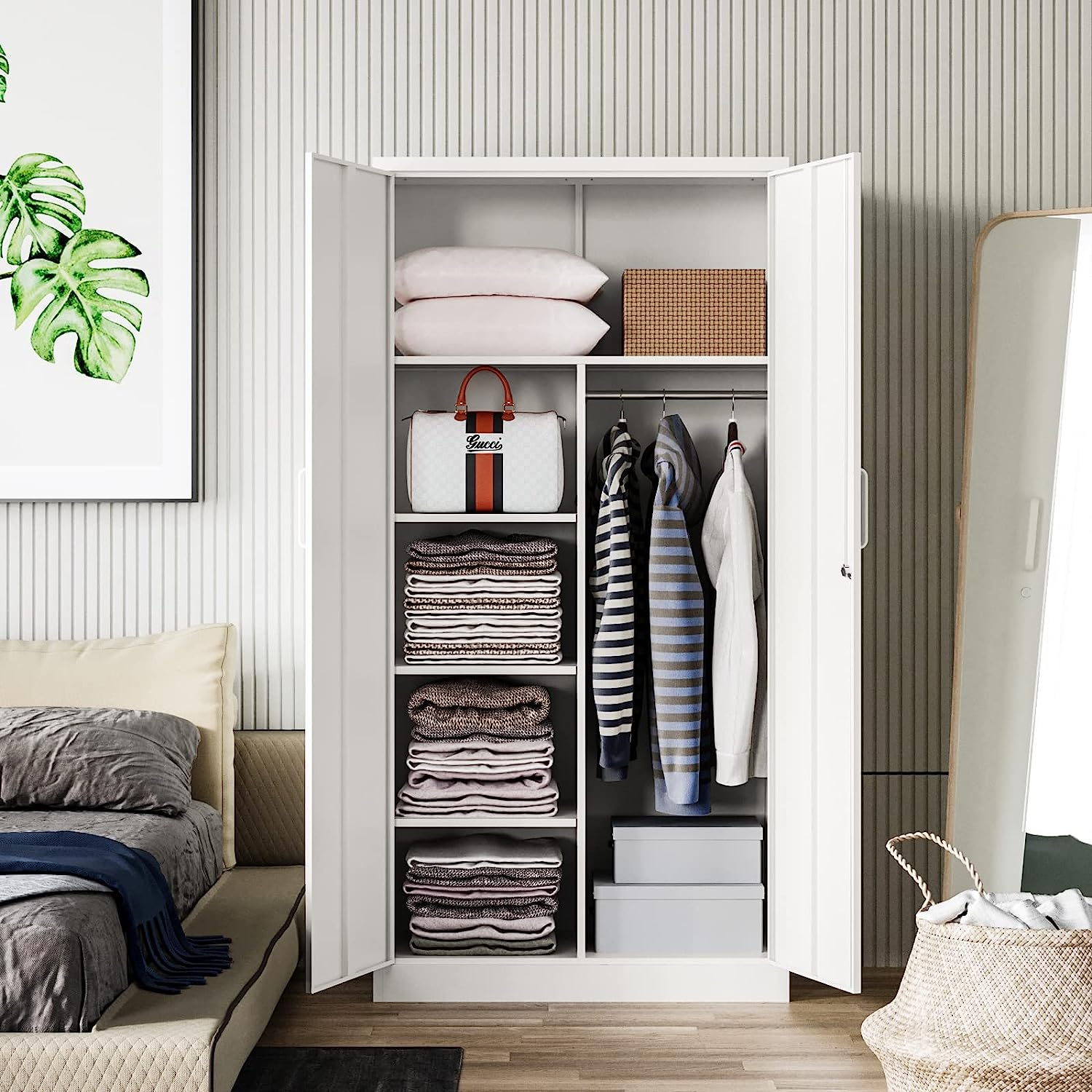
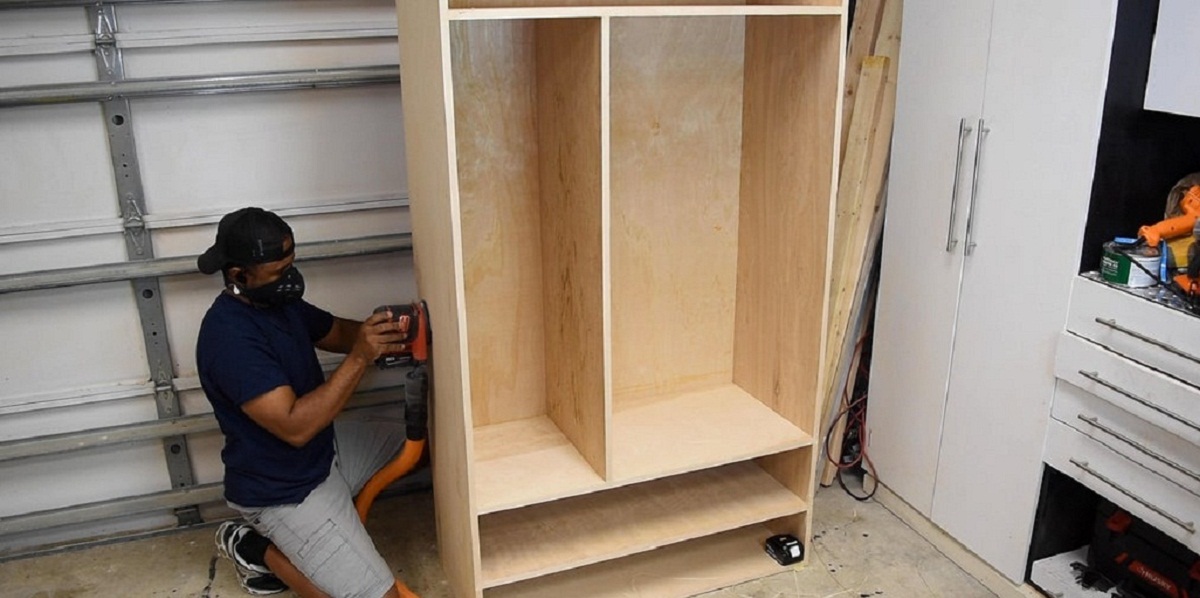
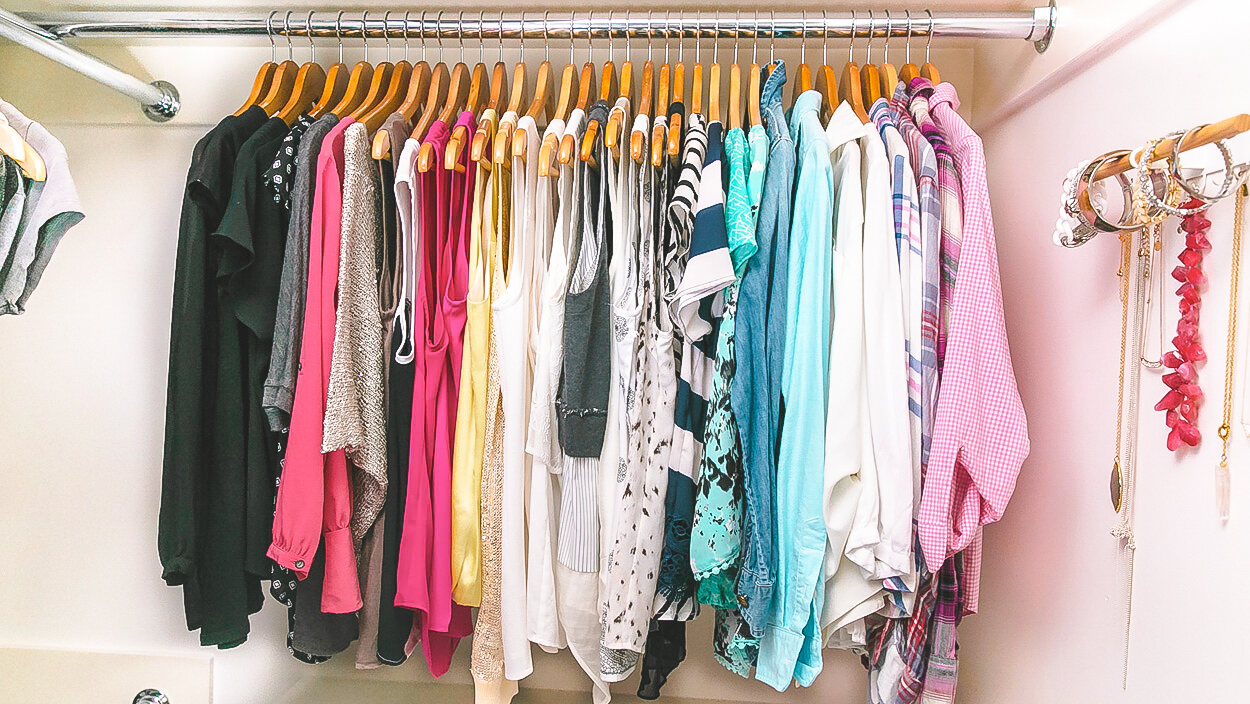
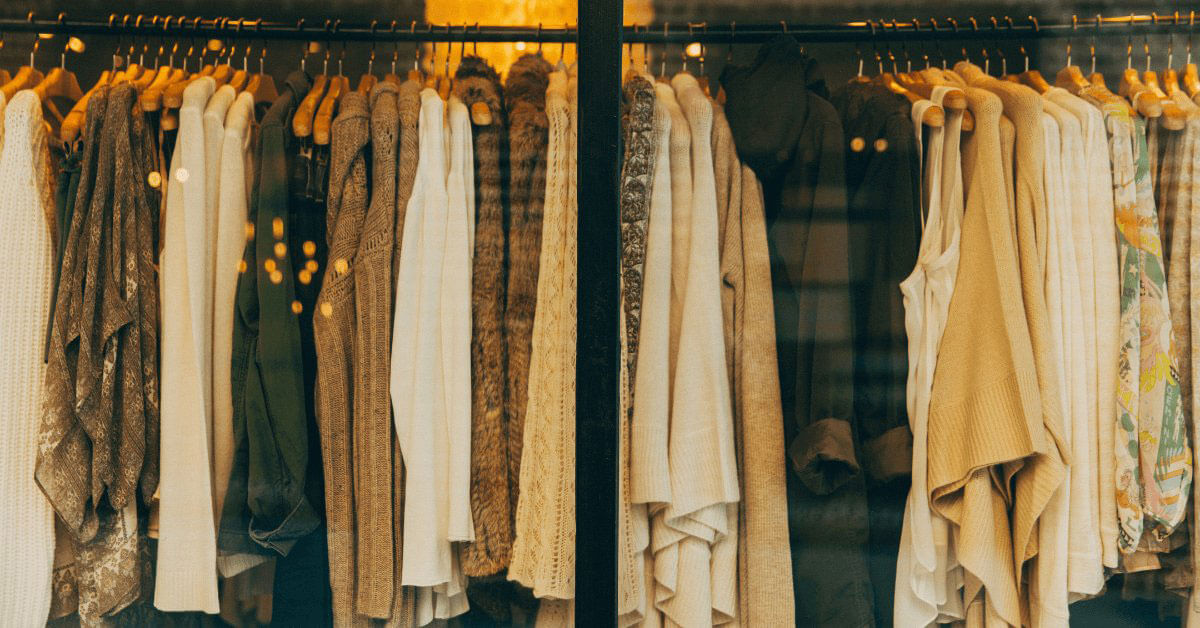
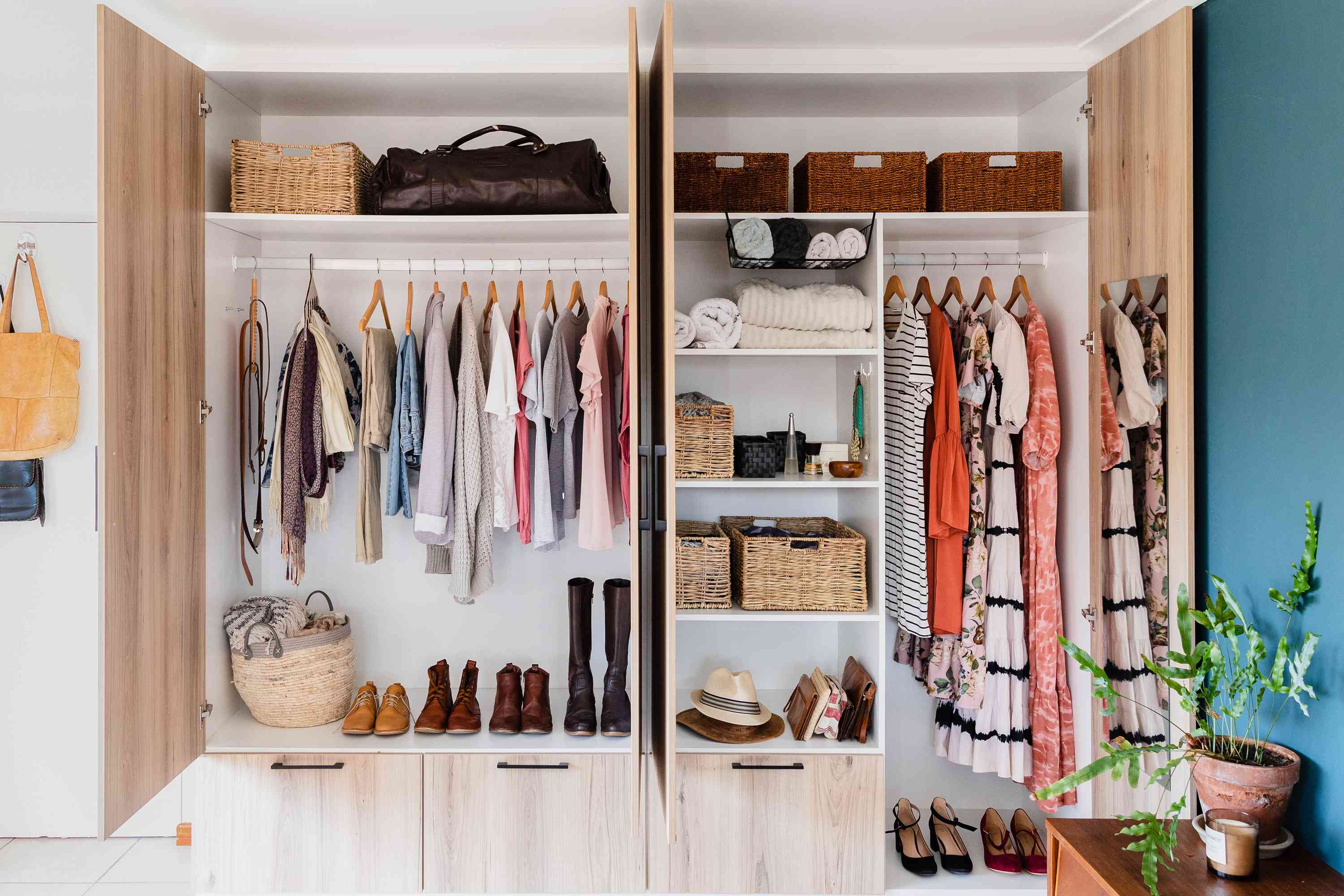
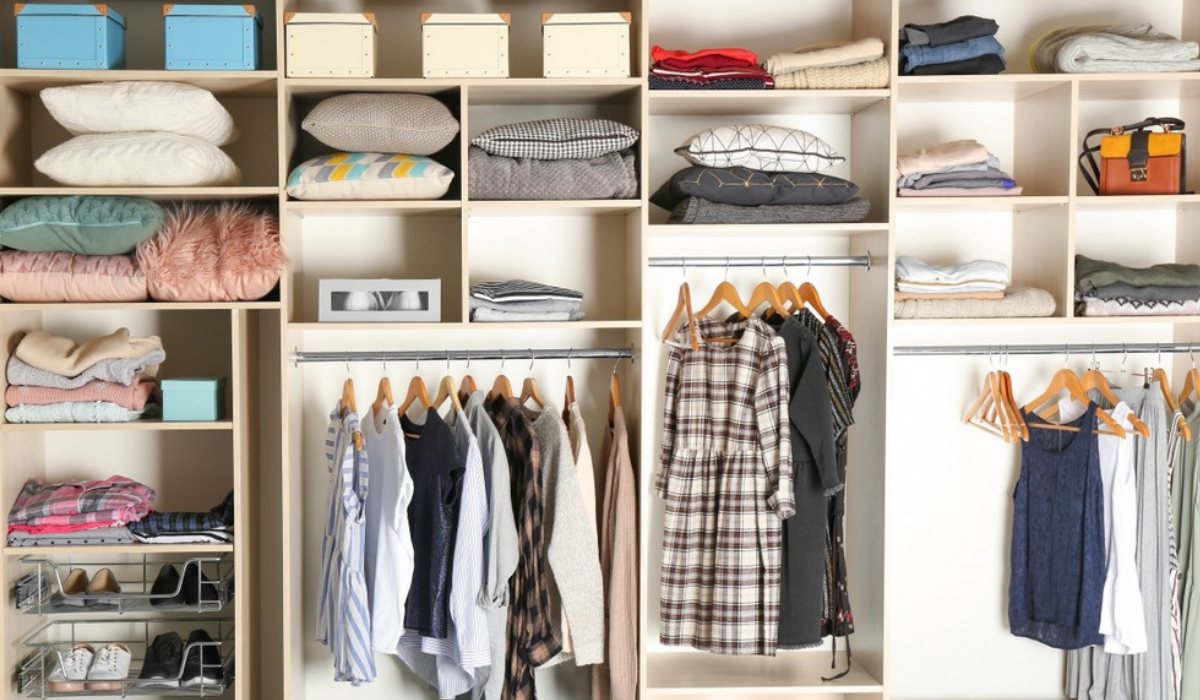
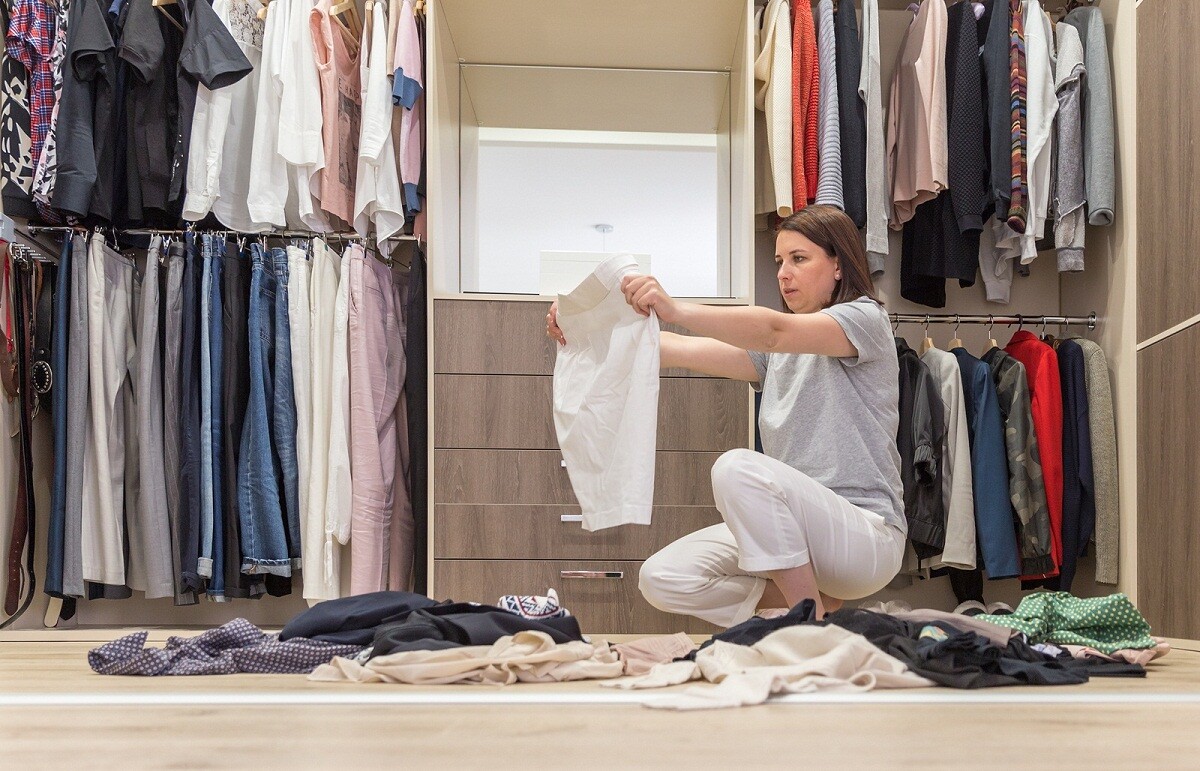
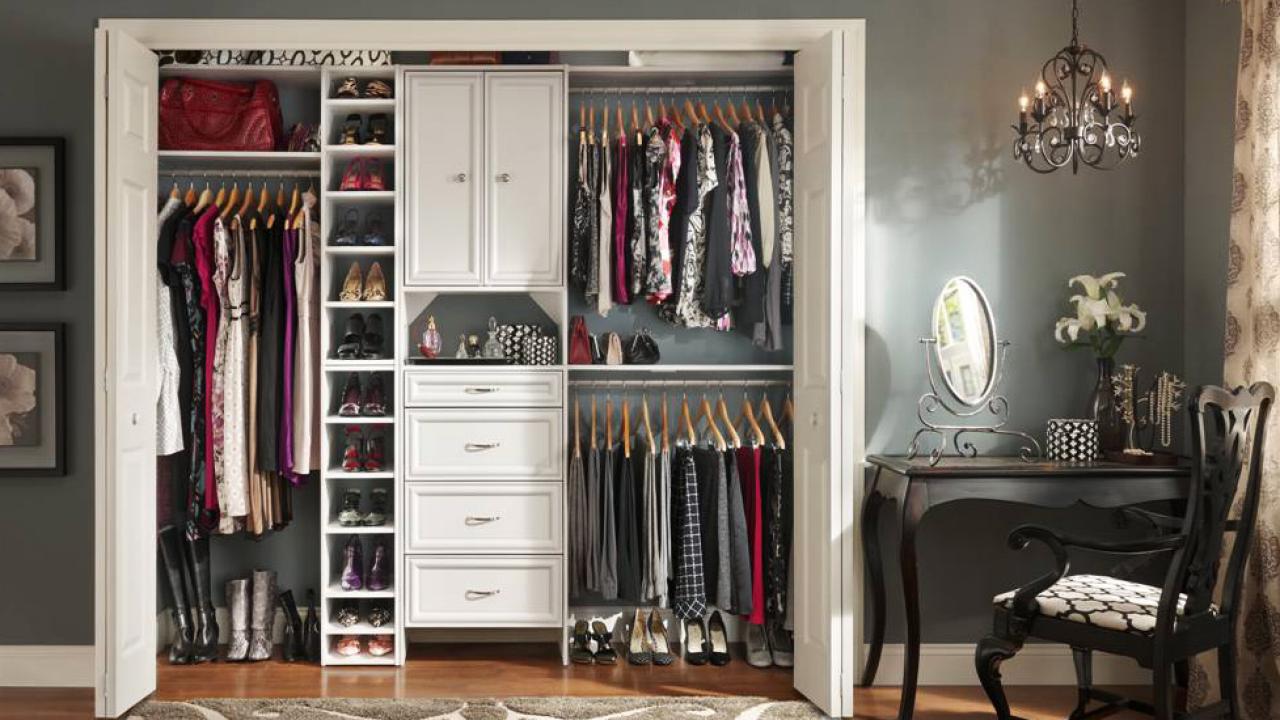
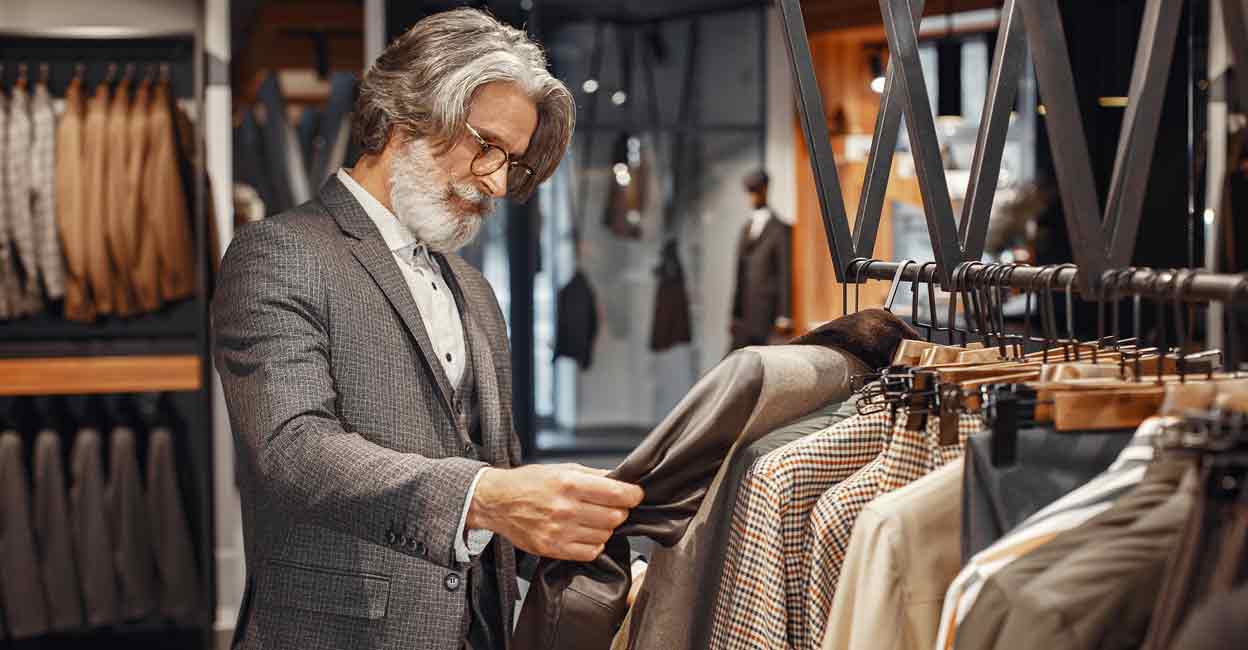
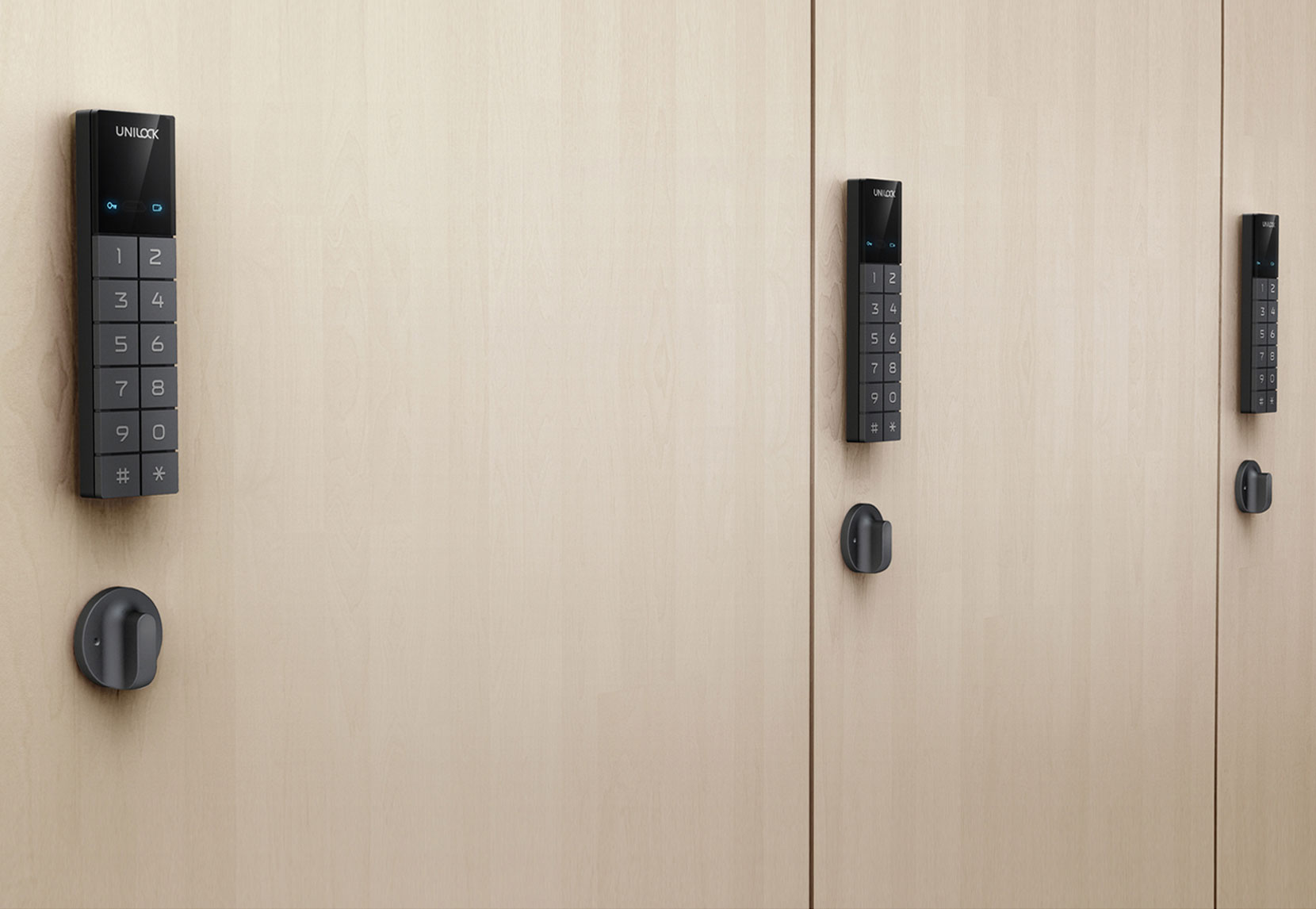
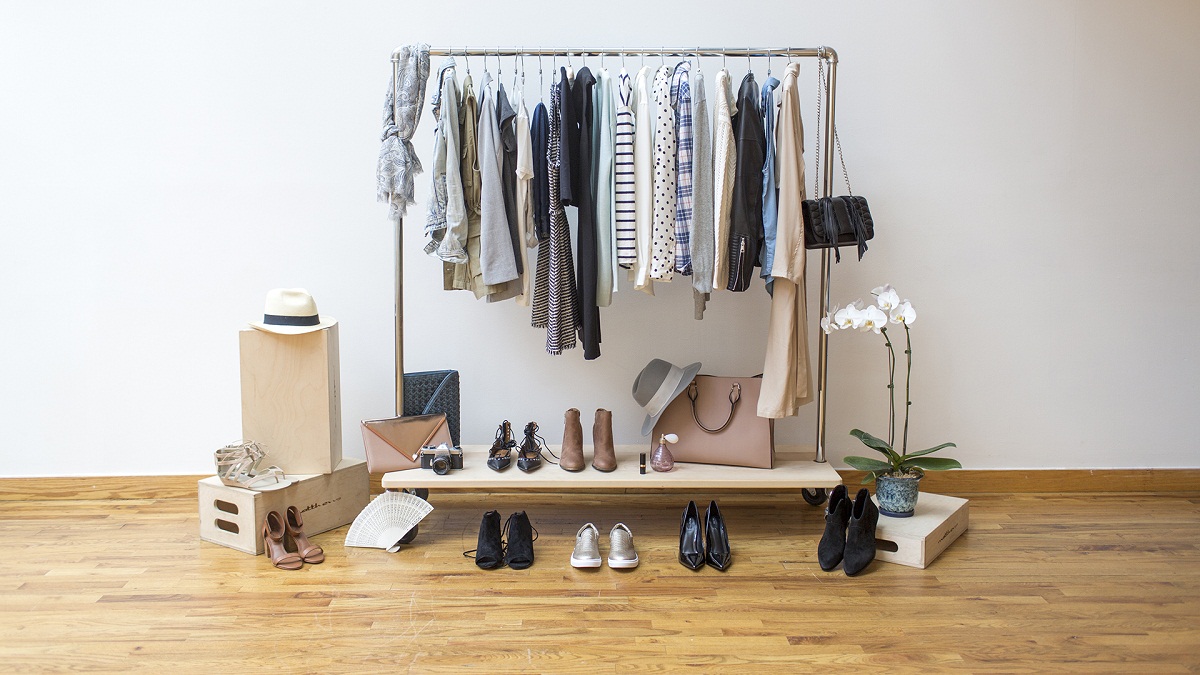
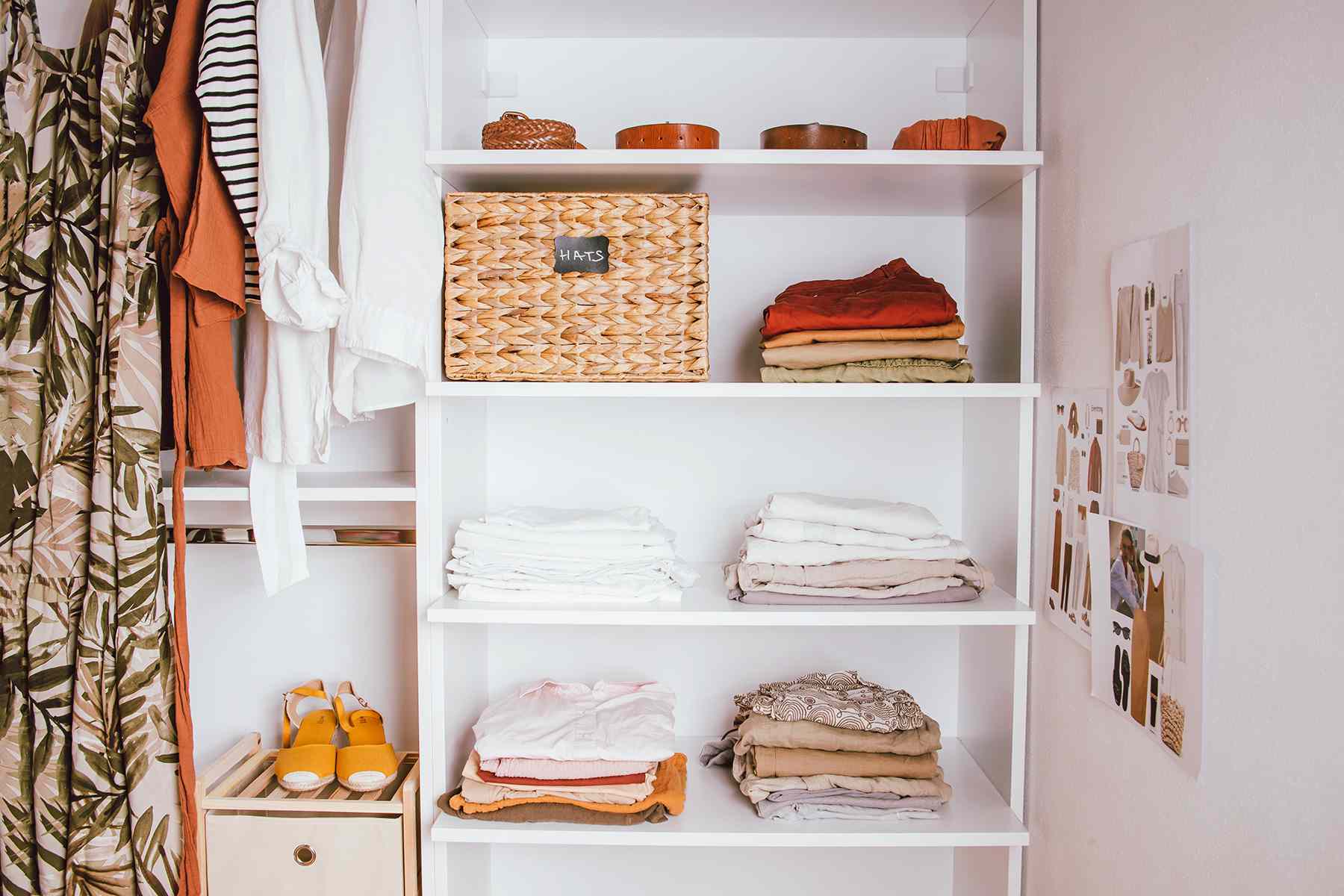

0 thoughts on “How To Style Wardrobe”